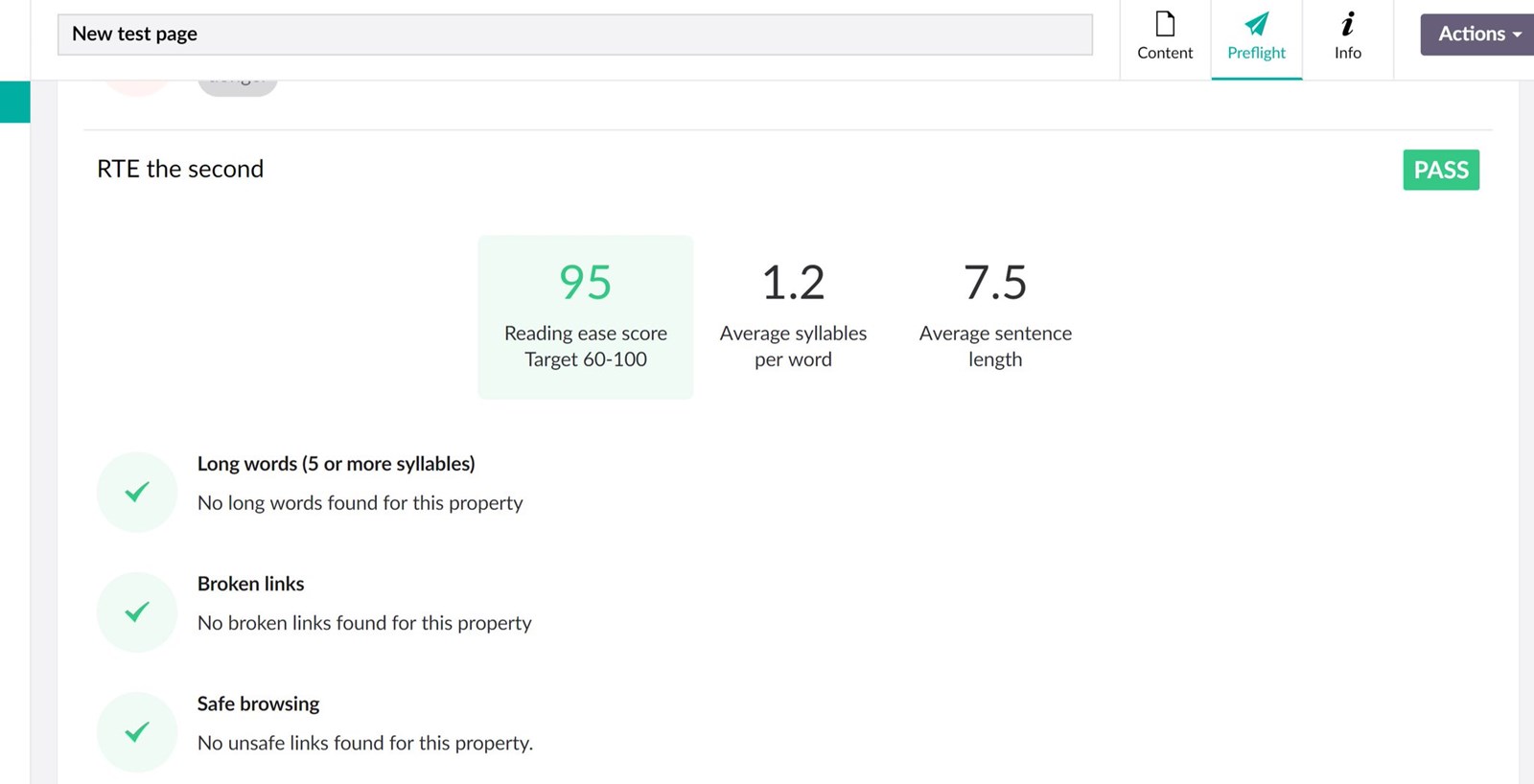
Content
1 July 2021
There are plenty of people out there who will tell you that your web content is critical in getting recognised by search engines – and we’re not about to argue with them. However, let’s not forget the person on the other side of the screen. Your website was built to help you connect with your community of interest and your content is key in helping you engage your audience. Having content that engages your audience and gives them what they are looking for should be at the heart of your digital strategy.
Ideally, your web design has been developed with careful consideration of the content your audience is looking for. The majority of visitors who come to your site will scan pages in search of the information they are seeking. Most likely they will have come to your site with a specific task in mind. Your job is to know what that task is and help them accomplish it.
Think about these tasks when constructing your landing pages, headings and subheadings to make sure there’s a logical structure to the page’s content.

By knowing who is behind the other side of the screen you can create content that is meaningful to your users. At Effect, when we start on a new project we’ll often begin by identifying user personas. These personas are not only useful for our web designers and developers, they can also be used by our clients whose job it is to populate their site with content. Personas provide you with insight into the type of person reading your content, their needs, wants, and motivators. Before you start writing answer these three questions:
Who are you writing for?
What are their needs?
What are your needs?
Speak the lingo. By using the words your audience uses, you will help them understand the copy. This also helps your SEO as you’ll already be using commonly searched words and phrases.
Chunk your content. Make your content easily scannable by breaking it into smaller sections with useful headings to guide users to the information they are after.
Use the ‘inverted pyramid’. Start with the content that is most important to your audience adding more detailed information as the page goes on.
Be personable. Keep your content approachable by adopting pronouns like “you” and “we”.
Keep it short. Keep your sentences and paragraphs succinct. The ideal standard is around 15 words per sentence and five sentences per paragraph.
Use bullets and numbered lists. Numbered lists and bullet points are much easier to scan than paragraphs. Use these to break up blocks of copy and help users scan the page for what they’re looking for.
Use images, audio, or multimedia. Great content goes beyond copy. Use videos, images and multimedia to visually represent ideas on the page.
Make use of tools such as Microsoft’s readability statistics to get an indication of how readable your content is. In Word, go to Options > Proofing and check the 'Readability Statistics' box. The next time you run a spell check, a box with readability statistics will pop up. The Flesh-Kincaid grade level is the number of years of education required to understand the text. A grade level around eight is a good place to aim.
If you're on Umbraco 8, talk to us about getting Preflight added to your CMS. Preflight is a plugin to help with content quality assurance. It tests readability, sentence and word length, and complexity. You can also configure Preflight to ensures editors meet editorial standards by setting minimum publishing standards and canceling content saves when particular tests fail.

Writing, in general, is hard work, and writing for websites even harder. The benefits of writing for the web is you don’t have to get it word-perfect the first time around. Once you’ve published your content you can monitor its performance and make adjustments along the way. And if you’ve got writer's block or need a hand developing a content strategy to drive copy that resonates with your readers, get in touch we’d love to help.
Signup here if you want to keep up with our quarterly newletter